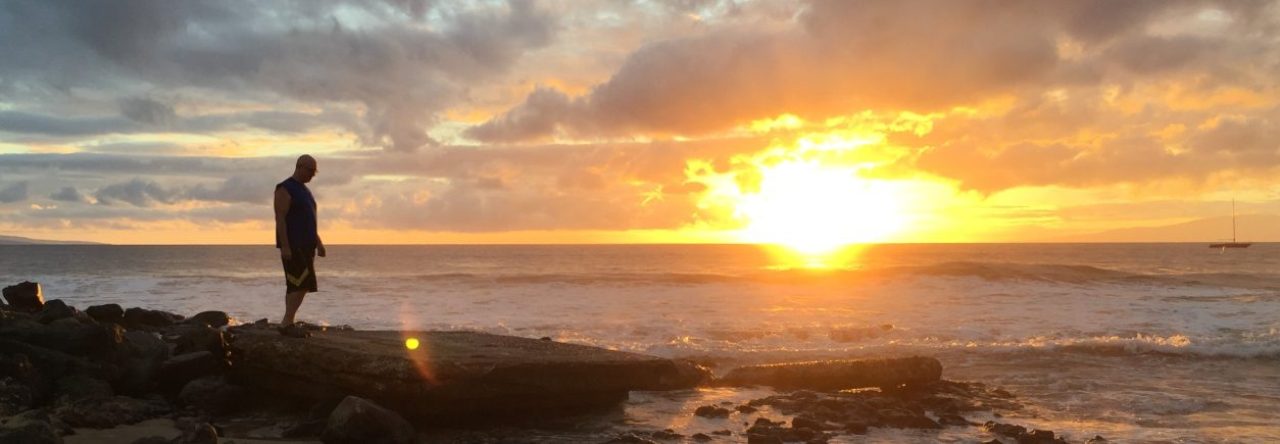The Tesla Model S is changing how we think about cars.
It was the first electric car to win Motor Trend’s Car of the Year.
Then John Broder, the New York Times journalist for automotive published a bad review which caused an uproar, partly because he intentionally depleted the battery by driving in circles in a parking lot, as alleged by Tesla. Elon Musk, Tesla’s CEO, wrote a blog post to that effect on Tesla’s site.
Then the Model S received an unprecedented 99 out of 100 rating from Consumer Reports.
Most recently, according to National Highway Traffic Safety Administration, it’s also the safest car ever.
This might just be the most revolutionary car in history, and it’s conceptualized, designed, built and marketed in the good United States of America. We’re manufacturing again, and it’s something phenomenal.
So why does the state of Texas ban its sale and why are several other southern states trying to do the same?
Because Tesla does not want to sell through the dealer network. To buy a Tesla, you buy it directly from the company, without hassling with dealers, their markups and all the overhead that comes with it. All Tesla cars cost the same.
Imagine a wondrous place like a Tesla store where you can go, test-drive a car, make your payment and drive away. No haggling. No hidden costs. No other car-dealer tricks. It’s somewhat like the Apple store for cars.
Suddenly the car dealers get all nervous.
This is what Bill Wolters, the president of the Texas Automobile Dealers Association, said:
This happens all the time. Someone wants an exception to the franchise laws. If we made an exception for everybody that showed up in the legislature, before long the integrity of the entire franchise system is in peril.
Heck, I did not even know there WAS a franchise system! Now I get it. The car dealers had it rigged all along. They have an artificial barrier, something like a country club, that is protected by laws keeping everyone that does not play by the same rules out of competition. I had no idea I can’t just start building cars and selling them.
It does not seem to matter that a new company on the block gets to sell American goods, create American jobs, move America forward in the world. Bought-off politicians are suddenly eager to cut this job creator off at the roots because it puts their franchise system in peril.
If you have to protect yourself behind legislation or regulation to compete, you’re already dead. I would recommend reading of a little Ayn Rand to the Texas Automobile Dealers Association.
I am rooting for Tesla, the company that needs to win this battle, and shake up the good network of car dealers. This is good old American disruption on its way.
One of my reader asked if anyone ever heard of a Tucker? There were only 51 Tuckers built before the company folded. The reader implied that Tesla was going to go the way of Tucker. Did he know that in June 2013, Tesla sold 1425 vehicles. In California, Tesla sold more cars than Buick, Cadillac, Chrysler, Fiat, Jaguar, Land Rover, Lincoln, Mitsubishi, Porsche, and Volvo. Tucker? Really?
Now when can I afford one?
Like this:
Like Loading...



